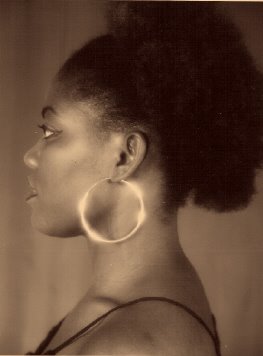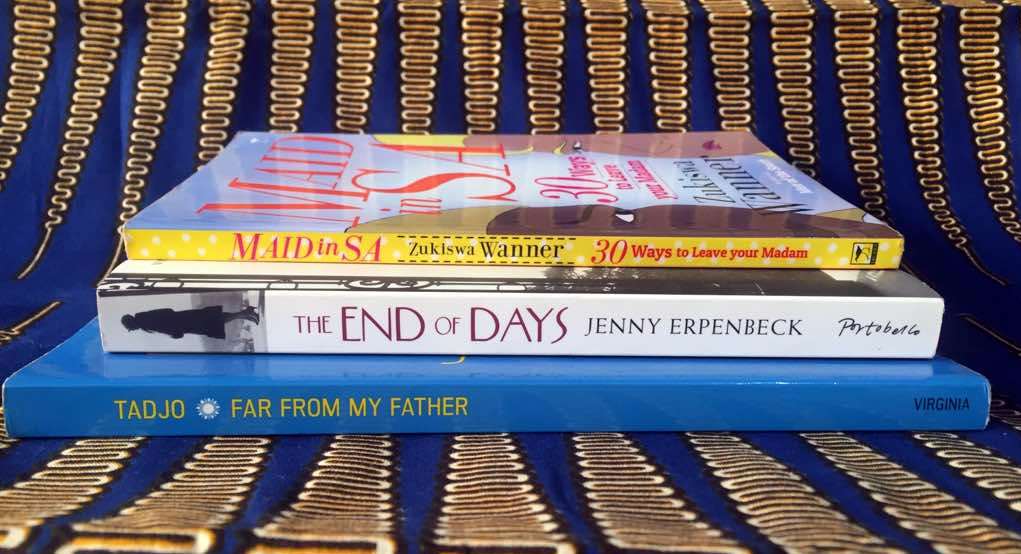The Engineer Mohammed Bashir Karaye Prize for Hausa Literature will run in a three-year cycle covering fiction, poetry and drama. For starters, the top three contestants would share three hundred thousand naira. The first place winner gets one hundred and fifty thousand, the second collects one hundred thousand, while the third receives a consolatory fifty thousand naira. This too is unique in the annals of the country’s literary prizes because usually, including the Nigeria Liquefied Natural Gas (NLNG) Literary Prize, the top winner carts all the money home and the runners-up don’t even get a handshake from the organisers. The approach adopted for the new Hausa literary contest will hopefully make the competition keener.
The Mohammed Bashir Karaye Prize is also significant because it is the first non-governmental intervention in the history of Hausa literary contests. Indeed the growth of Hausa literature seems to have been largely propelled, with one significant exception which shall be addressed later, by literary contests. The first competition took place during the colonial era. In 1933, the Education Department of Northern Nigeria, through the Zaria-based Translation Bureau headed by Rupert East, organized a creative writing contest in Hausa. The records show there were only five entries in manuscript format but this small field would provide the formative canon of imaginative prose-writing in Hausa. One of the writers, Abubakar Imam, would eventually have a dominant effect not only on Hausa literature, but also on the use of Hausa language in journalism.
The five entries were Bello Kagara’s Gandoki, Abubakar Tafawa Balewa’s Shaihu Umar, Muhammadu Gwarzo’s Idon Matanbayi, John Tafida’s Jiki Magayi and Abubakar Imam’s Ruwan Bagaja. Of the lot, Imam’s entry stood out and he was encouraged to put together a collection of stories which after several revisions appeared as the three-volume classic, Magana Jari Ce. The momentum generated by the contest led to the establishment of a publishing house - the famous Gaskiya Corporation, a newspaper (“ Gaskiya Tafi Kobo”), and the publication in the 50s of three novellas; Ahmadu Ingawa’s Iliya Dan Maikarfi, Garba Funtuwa’s Gogan Naka and Ahmadu Katsina’s Sihirtaccen Gari. From the 60s to the 70s, Gaskiya Corporation (later to become the Northern Nigerian Publishing Company) would publish four more novellas reminiscent of the pioneering five. These novellas were Sa’idu Ahmed’s Tauraruwar Hamada, Jabiru Abdullahi’s Nagari Na Kowa, Umaru Dembo’s Tauraruwa Mai Wutsiya and Dare Daya.
Another defining period was triggered by two contests that ran almost at the same time. In 1979 the Northern Nigeria Publishing Company organized a contest and got twenty-two entries out of which half were rejected. The top three entries were Suleiman Ibrahim Katsina’s Mallakin Zuciyata, Hafsatu Abdulwahid’s So Aljannar Duniya and Magaji Danbatta’s Amadi Na Malam Amadu. The next year a contest in some Nigerian languages was organised by the Federal Department of Culture with manuscripts as the entry format. Suleiman Ibrahim Katsina once again led the pack in the Hausa category with Turmin Danya. Three other noteworthy manuscripts were Musa Mohammed Bello’s Tsumangiyar Kan Hanya, Bature Gagare’s Karshen Alewa Kasa and Manir Mohammed’s Zabi Naka.
The two post-colonial contests heralded the emergence of a significant novelist, Suleiman Ibrahim Katsina. He would consolidate his prominence with a third novel in 1983 titled Tura Ta Kai Bango, a work described as radically different in content from the typical Hausa novel. The contests also signaled the arrival not only of female writers, but also of the love theme that would be the fulcrum for “Soyayya Novellas” boom in Kano and some other major Northern Nigerian towns. The preoccupation of these novellas, mostly written by women, with “love, passion, and the power relations between men and women” , as Graham Furniss has put, has generated much controversy. This is to be expected since traditionalists and purists are unsettled by the uncompromising reflection of contemporary existence.
The emergence of a new Hausa literary contest, this time emphasising published works rather than manuscripts, creates a number of challenges. First, publishing will be taken more seriously as the contest openly demands that entries must be well produced. Second, writers will need to be more skillfull in the realisation of their stories, poems and plays, so that the handling of contemporary issues will have more depth and the storylines will have realistic but imaginative motivations. Third the consistency of the contest may attract a variety of contests with even more lucrative prizes. The maiden award features a launching to sustain the funding, and a lot of heavyweights in government and business have promised to support the endowment, with the former Chief Justice of Nigeria, Mohammed Lawal Uwais giving the keynote address. If this becomes a watershed in the development of Hausa literature, then the Engineer Mohammed Bashir Karaye Prize for Hausa Literature will be more than just a widow’s mite.
Emman Usman Shehu
*Published in his GRAFFITI column, page 37, Leadership Newspaper, October 19,2007.
~
- Shortlisted writers: Maje El-Hajeej for Kankana; Ibrahim Sheme for Yar Tsana; and Balaraba Ramat Yakubu for Matar Uba Jaraba.










.jpg)





No comments:
Post a Comment